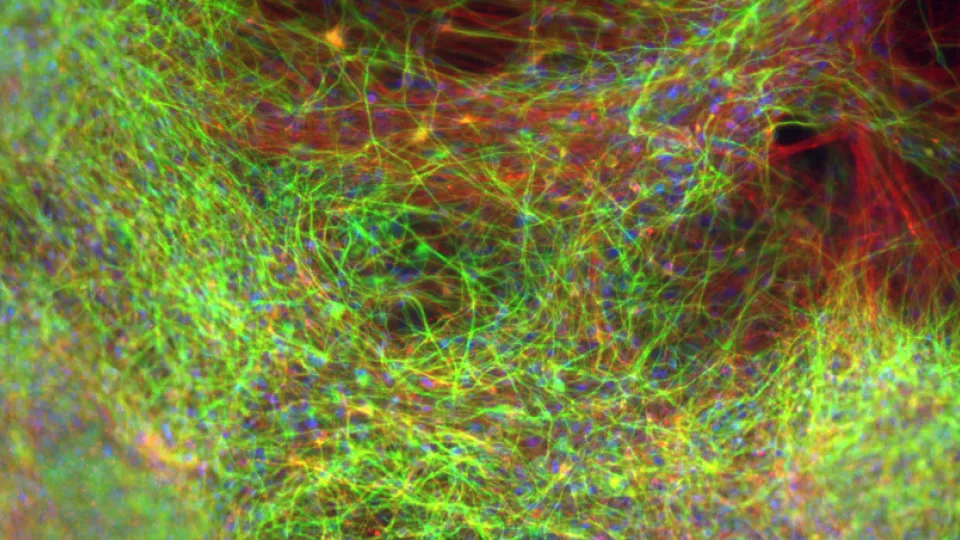The prevalence of Parkinson’s disease increases with age, however, it is unclear exactly how aging causes the brain to become more vulnerable. Signs of inflammation in the absence of infection within the brain, known as sterile inflammation, are a hallmark of aging and Parkinson’s disease. Johan Jakobsson and colleagues hypothesize in this new project that the inflammation process is caused by transposable elements.
Transposable elements are virus-like sequences that contribute to approximately half of our genetic material and can “jump” around the genome. If activated, they can produce genetic material or protein, with the potential to induce an inflammatory response via the interferon system – a defense mechanism that normally helps protect cells from virus infections.
Building upon their preliminary results, where they observed neuroinflammation in a mouse model in which transposable elements were activated using genetic approaches, the researchers will use the funding from the Aligning Science Across Parkinson’s (ASAP) initiative to address whether these findings hold true in human disease.
To identifying transposons involved in neuroinflammation and the activation of interferon response they will initially perform single cell RNA sequencing on a large number of Parkinson’s disease patient samples, displaying neuroinflammation.
The researchers will then model this type of neuroinflammation in an in vitro setting, activating the identified transposons in human induced pluripotent stem cells before differentiating the cells to mature neurons. This approach will shed light on the mechanisms by which transposons contribute to the inflammation observed in Parkinson’s disease and aging.
The Michael J. Fox Foundation for Parkinson’s Research is the implementation partner of the ASAP initiative and issued this grant.




